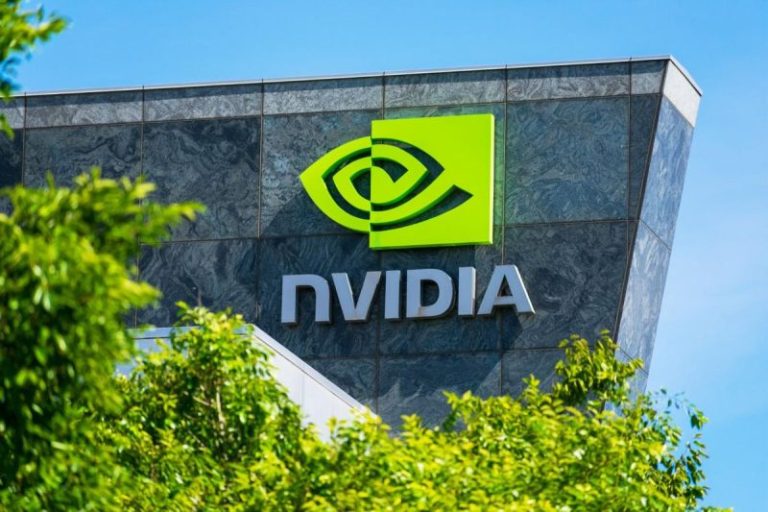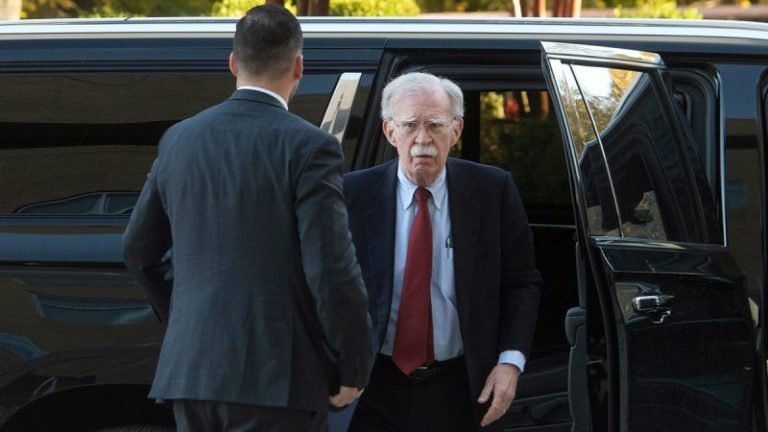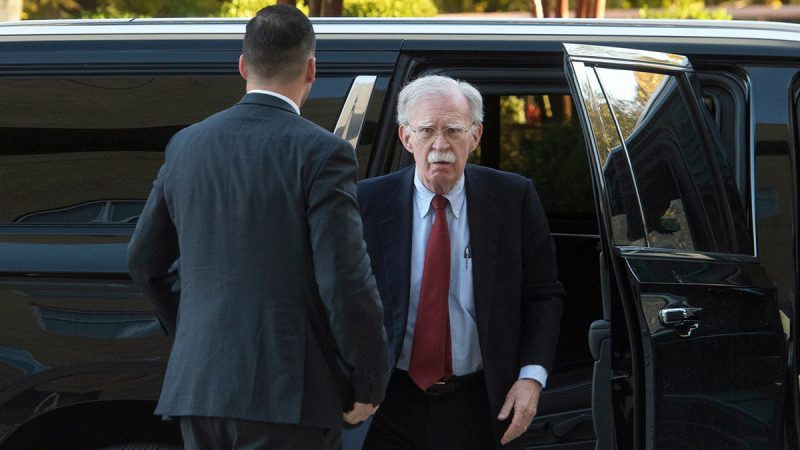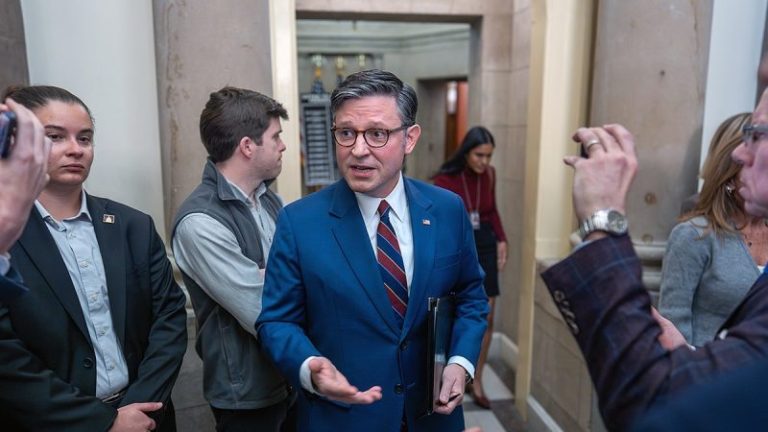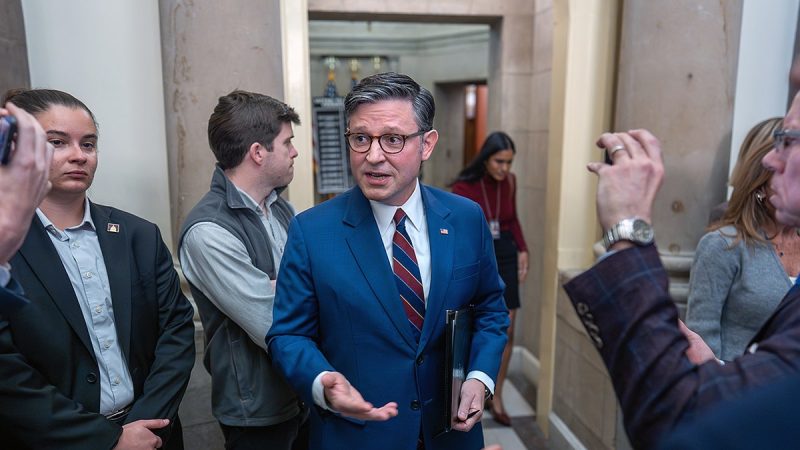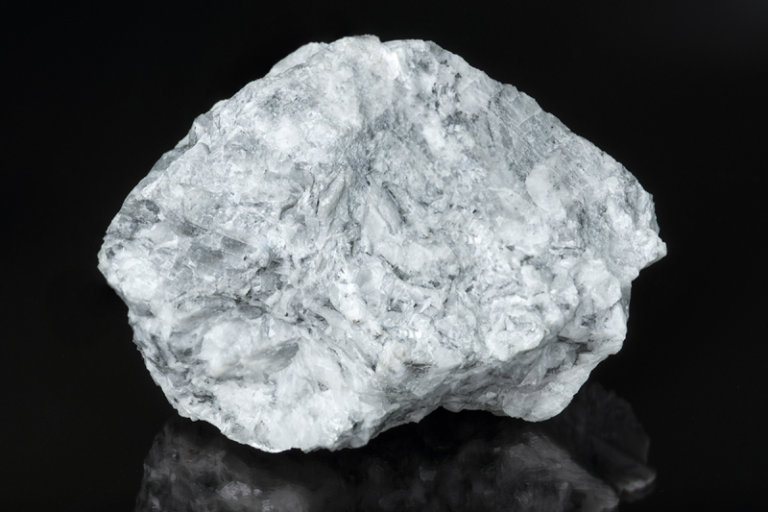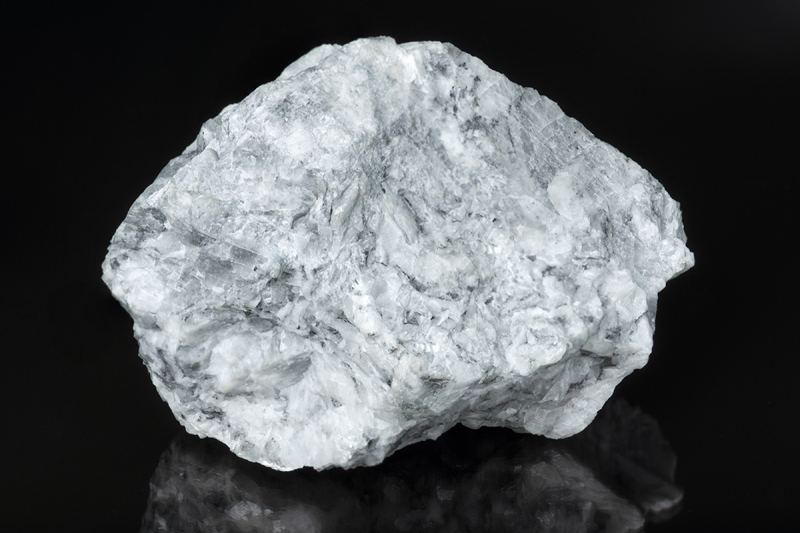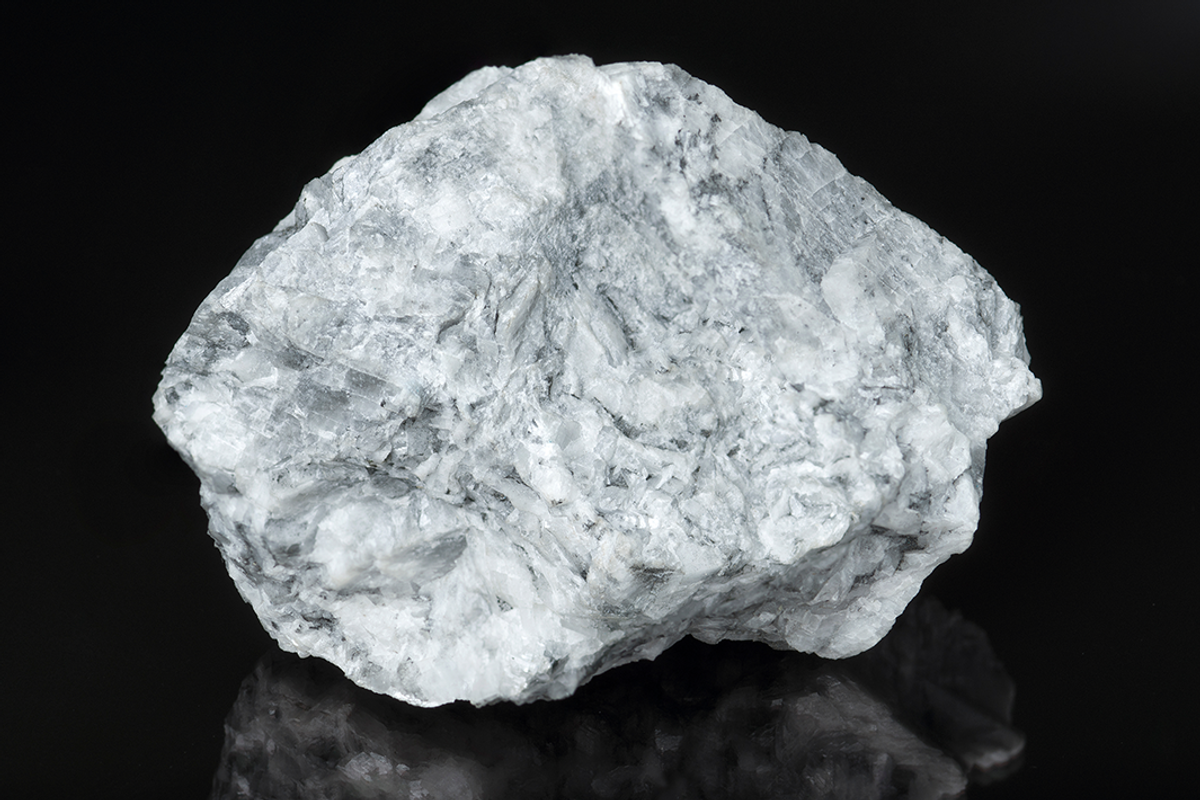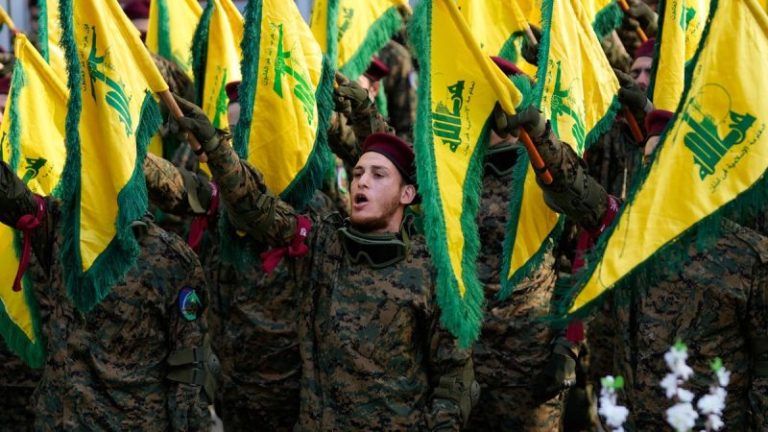

MP Materials (NYSE:MP) and the US Department of Defense have entered into a joint venture with Saudi Arabia’s Maaden to build a rare earths refinery in the Kingdom, marking the first major project under a new US-Saudi critical minerals cooperation framework signed in Washington this week.
The binding agreement gives both the US and MP a collective 49 percent stake in the refinery.
Maaden will hold not less than 51 percent, and the refinery will be built in Saudi Arabia, where it will process feedstock from both local deposits and international sources. Once operational, it will produce separated light and heavy rare earth oxides for customers in the US, Saudi Arabia and allied countries.
Rare earths are essential for the production of weapons systems, electric vehicles, renewable energy technologies and high-performance electronics. Secure supply has become increasingly important due to China’s sector dominance.
James Litinsky, MP’s founder and CEO, said the company views the partnership as an extension of its strategic role in Washington’s efforts to diversify global supply chains. “We are honored that the U.S. government asked MP to partner on a project of this magnitude and importance for America and its allies,” he said.
Maaden CEO Bob Wilt said the project fits squarely within the Kingdom’s national mining and industrial strategy.
“This JV is a significant step forward in the development of this important global sector, underpinned by the support of Saudi Arabia’s Ministry of Energy and the Ministry of Industry and Mineral Resources,” Wilt noted.
The joint venture was negotiated under a critical minerals framework signed by senior US and Saudi officials this week. The document is intended to formalize cooperation on rare earths, battery metals and other strategic inputs.
For Washington, the initiative reflects an effort to reshape supply chains away from geopolitical competitors. For Riyadh, it supports a long-term plan to leverage energy resources and expand its footprint in high-tech materials markets.
Financially, the deal is structured to be light in capital for MP.
The Department of Defense will fund the entire US contribution to the venture on a non-recourse basis, allowing MP to deploy technical expertise in separation and refining without taking on debt tied to the refinery’s construction.
The Saudi venture also connects to MP’s growing public-private alignment with the US defense sector.
In July, the company and the Department of Defense announced a multibillion-dollar partnership to accelerate the buildout of a domestic rare earth magnet supply chain. Under the partnership, MP is also constructing a second magnet manufacturing facility known as the 10X Facility, which is expected to begin commissioning in 2028.
When completed, MP’s total US magnet output will reach roughly 10,000 metric tons annually.
Beyond government partnerships, MP has also moved into large-scale commercial magnet supply. Also in July, Apple (NASDAQ:AAPL) and MP announced a US$500 million long-term agreement that will supply Apple with magnets manufactured in the US using 100 percent recycled rare earths feedstock.
Under the arrangement, MP will expand its Fort Worth, Texas, Independence factory to produce components for hundreds of millions of Apple devices starting in 2027. Apple and MP spent nearly five years jointly developing recycling techniques to meet the company’s performance and design requirements.
MP will add a dedicated recycling line at Mountain Pass to support commercial scale as magnet production ramps.
Securities Disclosure: I, Giann Liguid, hold no direct investment interest in any company mentioned in this article.






